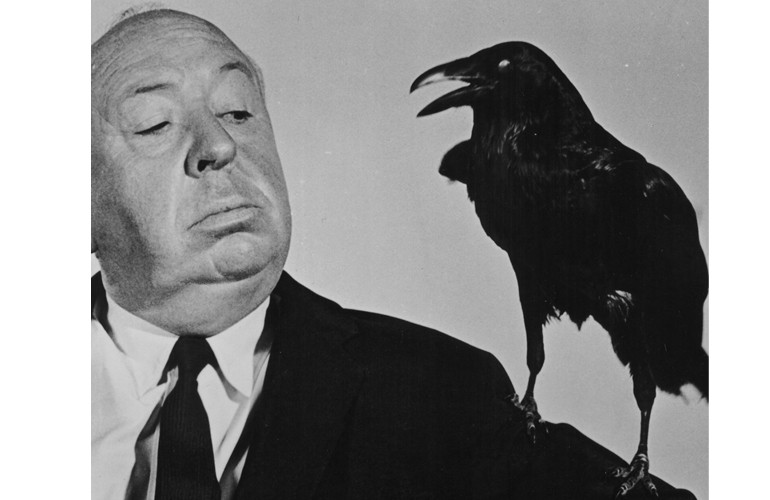Semioticians classify signs or sign systems in relation to the way they are transmitted. To illuminate one way semioticians look at things, let us peek at stage and film semiotics, which study the various codes and signs on stage and in the movies, and how they are interpreted by the viewer in spite of their artificiality. In film, the actors often stand one behind the other, facing the audience and not each other; recalling the past is indicated by switching to black and white or via a wiggly picture; squeaky doors and shadows moving on stairways are associated with horror, and so on. Historian Pamela Smith’s book, Symbols, Images, Codes: The Secret Language of Meaning in Film, TV, Games and Visual Media provides many examples.
Designers are quite familiar with product semantics, which is a branch of semiology (Semioticians prefer the terms “Design Semiotics” or “Product Semiotics”) that studies of the use of signs in the design of physical products. Product designers frequently resort to metaphors to exhibit original and aesthetic solutions to design problems. They may use metaphors as a tool or method in the design process, which help to identify, frame, and solve design problems.
Familiar products may also be used to express ideas or words. If you closely inspect the latest iPhone screen icons, you will be surprised by signs still represented by objects that we barely see any longer, especially not anywhere else in the iPhone itself: a 35mm reflex camera represents digital photography, time is represented by an analog clock, an envelope stands for e-mail, zebra striped film-board represents video, old telephone handset stands for telephone. Probably most anachronistic are mechanical cogwheels representing computer setting. Symbolic icons tend to last.














